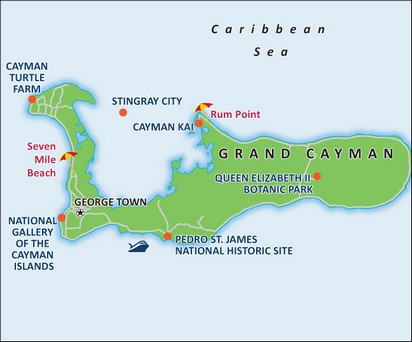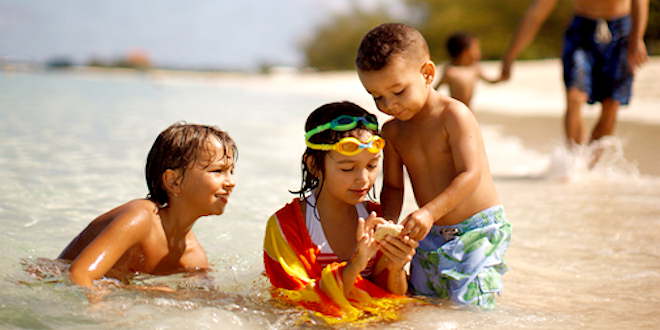The history of the Cayman Islands begins on the 10th of May 1503 when Christopher Columbus discovered the islands albeit via chance. The voyage on which the existence of these islands first came to light was part of his fourth trip to the area that was now known as the “New World” although we do know that he was initially aiming for Hispaniola, which is modern day Haiti. However, the winds pushed him further west than he intended leading to him then remarking on the appearance of two small islands that seemed to be covered in turtles. This then led to him calling them “Las Tortugas” as a direct reference to the number of tortoises both on land and in the sea.
The History Of The Name.
After this initial sighting, we then jump forward to 1523 when the three islands make their first appearance on a map although by now it was referred to as “Lagartos”. This name in itself was a precursor to the origin of the word Cayman as it literally means alligators. Indeed, by 1530 this name was changed slightly from Lagartos to “Caimanas” with this term coming from the Carib Indian language and meaning “marine alligator”. You can see how easy it then is for the name to evolve to what we now know as the Cayman Islands.
Leading Up To The First Settlers.
The islands themselves remained uninhabited throughout the 16th century although it was a regular stop for ships in the area. This was mainly due to the necessity of finding meat for the crew and, with an island full of turtles, the Cayman Islands was capable of providing a plentiful feed.
It is known that the island itself did not see its first settlers until the latter half of the 17th century. Records indicate that the first settlers that we are aware of arrived in 1658 and the theory is that they were men that had deserted from the army of Oliver Cromwell based in Jamaica. We also know that they began to inhabit two of the three islands, Little Cayman and Cayman Brac although little is known about their life at this moment in time due to few written accounts of Cayman history at this stage.
What we do know is that we have to move to 1700 to find the first permanent inhabitant who was born on the Island by the name of Isaac Bodden, who was the grandson of one of the very first settlers to flee to the islands from Jamaica. However, by 1700, the islands contained a mix of people with this mixture only increasing over the next few decades as people escaping the Spanish Inquisition made their way there as well as pirates, sailors, and of course slaves.
Now, the Cayman Islands are a real melting pot of cultures although the majority of the 55,000 inhabitants do have either British or African heritage. It has a fully functioning parliament, which was first established in the 19th century after full democratic elections in 1831.
The history of these islands is one of shipwrecked sailors, pirates, men escaping from war or persecution and there is no doubt that it has shaped how these islands are today.




